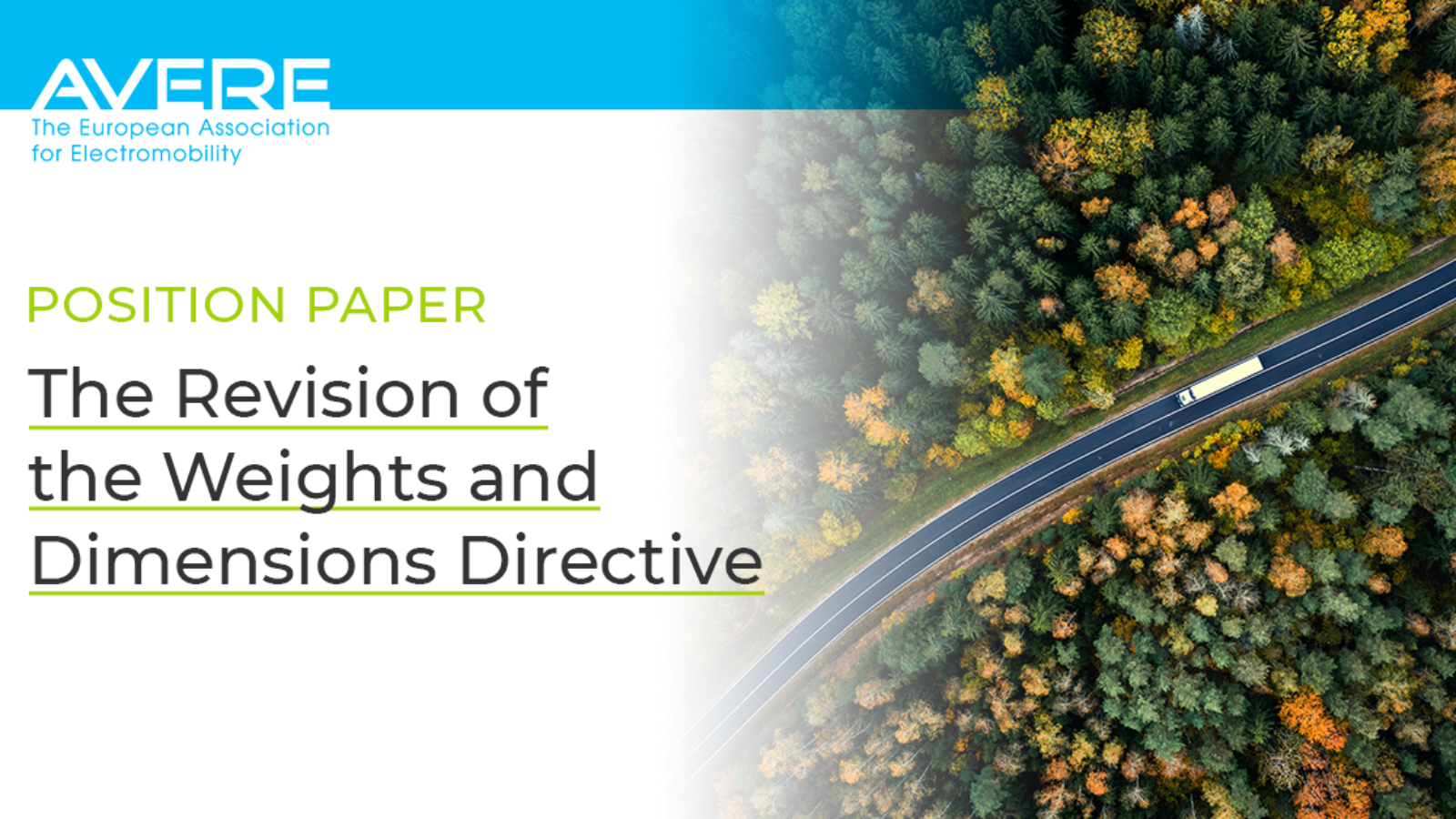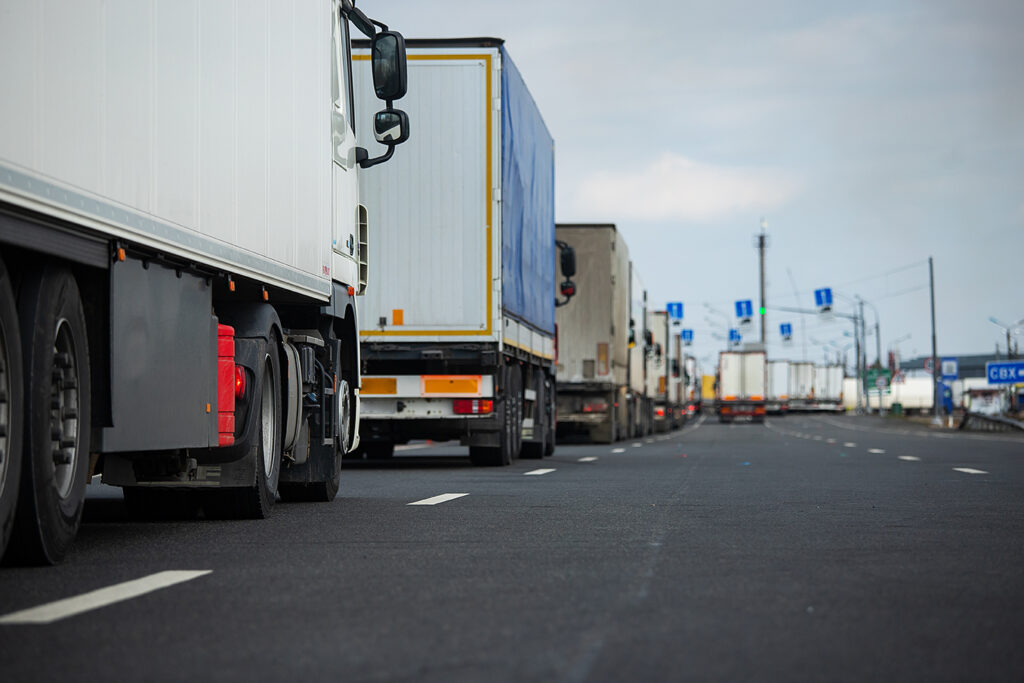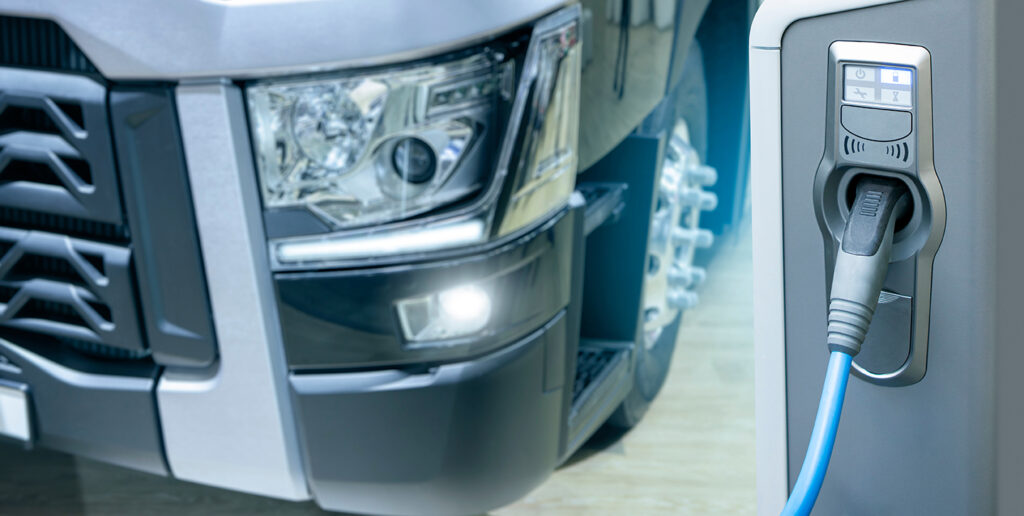
POSITION PAPER
The Revision of the Weights and Dimensions Directive

AVERE strongly welcomes the Commission’s initiative to revise Directive (EU) 2015/719 (“Weights and Dimensions Directive”). The timely revision of the currently applicable framework has the potential to significantly facilitate the uptake of zero-emission heavy duty vehicles (ZE-HDVs), and of battery-electric trucks (BETs) in particular.
The current framework has led to a number of frictions and legislative inconsistencies concerning cross-border traffic. Existing exemptions for battery-electric vehicles are also still based upon the reference baseline scenario of internal combustion trucks – an increasingly outdated assumption giving the rapidly growing availability of zero-emission vehicles even for the heaviest and long-range market segments. Lastly, implementation has been lacking – a stronger focus will be needed to ensure regulatory improvements translate into real-world advantages for operators of ZEVs.
AVERE therefore recommends the following changes in the 2023 revision of the Weights and Dimensions Directive:
1. Make ZE-HDV weight allowance automatic and range-neutral
The current Weights and Dimensions Directive already accounts for the added weight of zero-emission technologies (e.g. batteries) through an additional allowance of up to two tonnes. However, this allowance is based on the “additional weight” of the zero-emission technology, implying the existence of a “reference” Diesel truck against which the weight of the ZEV can be compared. The allowance is also currently only granted for reference trucks up to 40t of weight, and not for heavier trucks, where Member States allow such vehicles.
We propose to apply the allowance of two tonnes to every zero emission heavy-duty vehicle throughout Europe without the need to compare it to a “reference” truck, including for trucks falling under increased national weight limits. Relying on a “reference” comparable Diesel truck, which in practice usually does not exist, especially for models of purely electric manufacturers, de facto introduces an arbitrary negotiation element between manufacturers and type approval authorities, and may lead to competition distortions between different manufacturers.
Lastly, to incentivise the development of long-range ZE-HDVs in particular, the allowance should be adapted to the vehicle’s range, so that payload capacity will not have to be compromised in exchange for larger batteries in long-range trucks. This could be achieved by building upon the currently applicable allowance of two tons, supplemented by an additional allowance of, for example, 5 kg per km of certified zero-emission range above 400 km. This additional allowance could be capped by a certain maximum, e.g. 4 tonnes.
2. Facilitate cross-border traffic
The current Directive, originally designed to facilitate the emergence of a harmonised, cross-border regime on truck weights and dimensions throughout the EU, in many cases severely hinders the cross-border utilisation of heavier trucks in practice, even where neighbouring countries have introduced higher national weight limits. In many cases, countries that allow trucks of over 40 tonnes nationally do not allow such trucks from abroad. It should be specified in the revised Directive that Member States that allow heavier trucks of over 40 tonnes on their roads should also allow these types of vehicles to enter the country from abroad.

Good practice examples exist, but are not yet the norm in Europe: in March 2022, the Benelux countries not only raised the limit for ZE-HDVs to 46 tonnes (compared to 44 for Diesel – see point 1), but also agreed on mutual recognition when such vehicles crossed borders between the three member states concerned. We suggest building a unified approach across the EU upon this example.
3. Avoid premature phase-out of weight allowances to leave space for technological progress
One consideration for the upcoming revision has been the phasing out of allowances for ZE-HDVs to encourage lightweighting. However, this idea should be considered only with the utmost care, given the potential adverse effects both on innovation and the EU’s strategic autonomy in relation to scarce Critical Raw Materials (CRM).
The industry is currently in the process of trying to move away from cathodes based on expensive and scarce materials such as nickel and cobalt (“NMC”), towards chemistries based on much more common materials such as iron phosphate (“LFP”), which may be easier for the EU to secure as demand for ZEVs grows.
However, LFP batteries are heavier than NMC batteries, and thus increase ZEV weight. Rather than mandating a gradual phase-out of ZEV allowances at this stage, the Commission should thus schedule a review of ZEV weight allowances at a later date, which could appropriately take changes in battery chemistry into account.
4. Introduce a zero-emissions mandate when using the European Modular system (EMS)
One particular category of HDV transport on European roads could be exempt from additional weight allowances: some EU member states are already allowing use of the European Modular System (EMS), and thus use of existing loading units (modules) in longer vehicle combinations of over 25.25 metres in length. This category may be more effectively regulated by a ZEV mandate, specifying that by a certain year (e.g. 2028), all cross-border EMS transport will have to be done by zero-emission vehicles.

Such a mandate would not only be more effective by setting a strong incentive for electrification in the heaviest segments, but would also avoid the need to give already heavy EMS trucks an additional weight allowance, thus better preserving roads and bridges.
5. Avoid counting additional weight allowances towards road tolls
The links between weights and dimensions on the one hand, and road charging tolls on the other, should also be considered. ZEVs should not be subject to higher tolls due to their increased weight, nor should they be granted discounts based on a reference value that is too high.
As such, additional weight allowances for ZE-HDVs should not be taken into account when calculating road charging rates, irrespective of whether or not they are differentiated by CO2 according to the Eurovignette Directive. After all, higher ZEV road tolls would have to be paid by operators, many of which are SMEs, and would thus disincentive ZEV purchases. This would ultimately contradict both a “just transition” and the targets of the European Green Deal.
6. Ensure timely transposition by setting time limits for transposition into national and type approval law
The current Weights & Dimensions Directive has been severely hampered by a lack of implementation, both in national and EU type approval law. Introducing weight allowances into type approval law took four years after the last revision in 2015, whereas some Member States still have not transposed the existing Directive’s allowances into national law, as no time limit was provided for doing so.
Since the business case especially of long-haul ZEVs largely depends on predictability and legal certainty, as well as on harmonised conditions throughout the entire EU, explicit time limits should be set for both national transposition, and for the introduction of any new weight allowances into type approval law.

